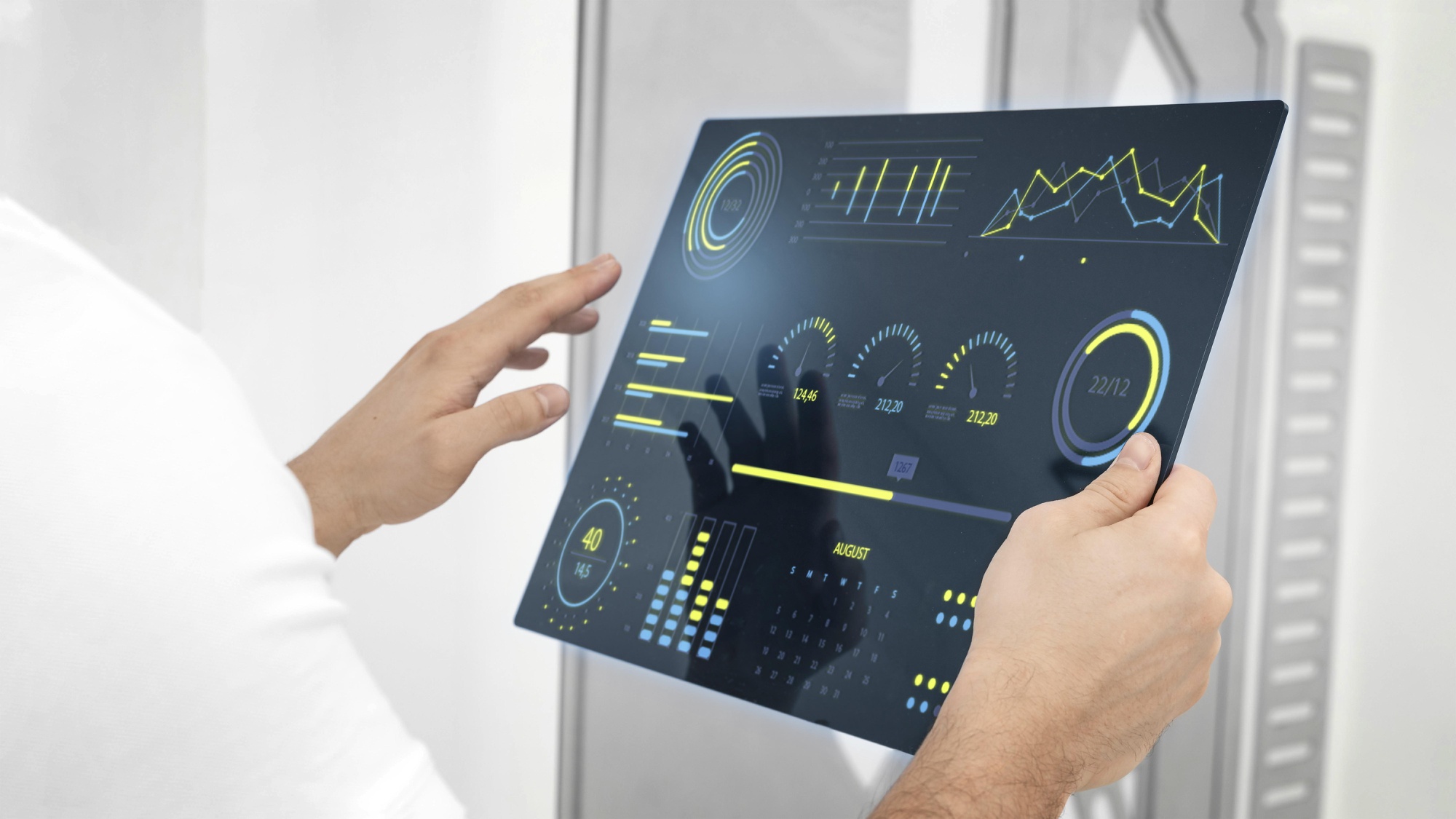
Time is money in this fast-paced age of multi-family property management. Safety, compliance, and operationally driven efficiency have always been a fine balancing act for professionals working with such complex buildings. But the arrival of AI-based inspection reports is revolutionizing the appraisal process, delivering fast and precise appraisals that leave the traditional methods in the dust. When paired with SB721 balcony inspection data and SB326 balcony inspection reports solutions, these smart tools offer a streamlined path to compliance with California’s rigorous balcony safety standards—SB721 and SB326—without sacrificing precision. This article explores how AI is accelerating property assessments from an expert’s point of view drenched in regulatory and technological expertise.
The Need for Speed in Compliance
California’s SB721 and SB326 laws, prompted by tragedies like the 2016 Berkeley balcony collapse killing six people, establish strict timelines for inspecting balconies and exterior elevated elements (EEEs). SB721, which took effect in 2018, requires multi-family buildings with three units or more to obtain initial inspections by January 1, 2025. SB326, enacted in 2019, imposes the same obligations on condominium associations, calling for comprehensive reports and reserve studies to fund repairs. For executives overseeing dozens—or hundreds—of units, these deadlines can be daunting, especially when relying on slow, labor-intensive inspection processes.
Traditional inspections involve engineers climbing up and down ladders, snapping photos, and writing notes for days or weeks. The reports, while detailed, hinder decision-making and risk missing critical deadlines. AI-based inspection reports flip this on its head. By leveraging the integration of AI-powered solutions and automated data processing, these systems cut evaluation times down to hours, enabling teams to make fast decisions while meeting SB721 balcony inspection data requirements with precision.
How AI Accelerates Assessments
At the heart of this transformation is AI’s ability to analyze vast datasets quickly. AI reports store high-resolution images of for moisture, rot, cracked concrete for material integrity—which AI algorithms then process in near real-time. Trained on libraries of AI systems, these reports identify issues like cracked concrete, corroded steel, or rotting wood efficiently. For SB721 and SB326, both of which necessitate thorough documentation of load-bearing capacity and watertight conditions, this speed is invaluable.
The technology is fast without compromising on accuracy. AI cross-verifies results with California building units, adding photographic evidence and risk scores to stamped reports that licensed professionals can use for regulatory approval. This automates the give-and-take of previous workflows, beating SB721’s January 2025 deadline as well as SB326’s ongoing demands without sacrificing.
Quotes and Industry Insights
Experts are taking notice. In a recent article in Structural Safety Review, civil engineer Dr. Priya Patel commented, “AI-created inspection reports are a lifeline for staying ahead of SB721 and SB326 deadlines. They deliver data at a pace manual procedures can’t, without compromising on the strictness regulators require.” Her observation is part of an emerging trend: businesses leveraging SB721 balcony inspection data and SB326 balcony inspection reports solutions aren’t just keeping up—they’re staying ahead.
It also minimizes economic risks. Delays in testing allow hidden defects to mushroom into disastrous collapses—a balcony failure could cost millions to repair and settle, outweighing the $5,000-$10,000 for prophylactic work detected by AI. For SB326, integrating inspections with reserve accounts, prompt reporting keeps repair needs aligned with budgets, avoiding deficits that risk noncompliance.
Overcoming Implementation Hurdles
It’s not easy to implement AI. Systems have to be tailored to California’s unique environment—seismic zones, coastal erosion, and temperature swings—via heavy, location-specific training data. Human expertise is still necessary; For instance, AI-powered reports can store hairline fracture in their cloud-base system, but an engineer determines its severity. Upfront costs of software, and training also exact their share, though scalable technologies and reducing tech costs are making it cheaper. Companies that invest in it upfront usually recover costs on expenses through saved time and reduced liability.
The Broader Impact on Property Operations
The benefits extend beyond mere compliance. Faster inspections free up funds for other maintenance purposes—HVAC upgrades, facade repair—making the property stronger overall. For SB721 and SB326, aimed at preventing tragedies, haste by AI measures safety: issues get addressed before they endanger life. This is in accordance with the purpose of the laws, in light of the Berkeley tragedy, in which procrastination in repairs was fatal.
Looking ahead, AI’s role in property assessments could grow more dynamic. Pairing it with cloud-base solutions and real-time monitoring might turn periodic inspections into ongoing vigilance, feeding data into SB721 balcony inspection data systems for predictive maintenance. Such innovations would amplify efficiency further, setting a new standard for multi-family property care.
A Smarter Path Forward
For experts working through SB721 and SB326, AI-based inspection reports are a convenience—they’re an asset. They reduce timelines, enhance accuracy, and make compliance easier, meeting deadlines without sacrifice. By incorporating SB326 balcony inspection reports solutions, these products offer a complete solution to safety and compliance with regulations. As the countdown to 2025 and beyond ticks on, embracing smart technology is not about catching up—it’s about reimagining how property valuations are done, faster and smarter than ever.
